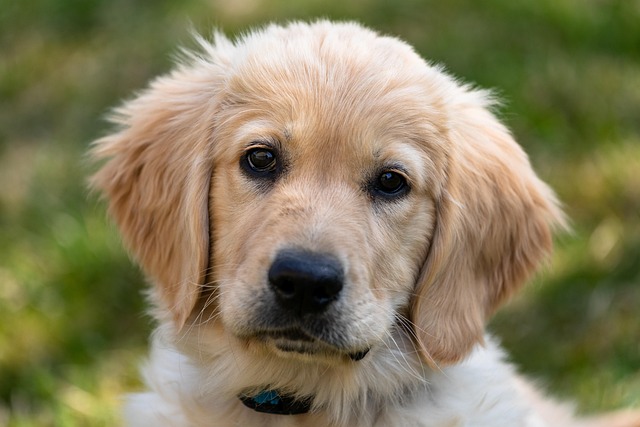
what are the nutritional requirements for a dog
Figuring out what to feed your dog can feel like navigating a maze, with endless brands and formulas all claiming to be the best. But at its core
When we form a deep emotional bond with our dogs, they become indispensable members of our families. However, when a dog unfortunately contracts ringworm (commonly known as "tinea"), a question that troubles many owners arises: Can I touch my dog if it has ringworm? This not only concerns our own health but also involves our unbreakable love for our furry friends.
Ringworm is a skin disease caused by a fungal infection and is relatively common in dogs. This fungus is contagious. It can spread not only among dogs but also to humans, which is what we call a zoonotic disease. When a dog is infected with ringworm, circular or oval hair - loss patches with dandruff will appear on its skin. In severe cases, there may also be red spots and papules, and the dog will scratch frequently due to itching. Watching a once - smooth - haired and lively dog become patchy - haired and listless because of ringworm, the owner's heart aches. On one hand, they worry about the dog's health; on the other hand, they have doubts about whether they can continue to have close contact.
From a professional medical perspective, directly touching a dog with ringworm does pose an infection risk. The ringworm fungus can be transmitted to human skin through direct contact with the dog's affected skin or hair, or by touching items contaminated by the dog's affected areas, such as dog beds, toys, and towels. Especially for people with weaker immune systems, such as children, the elderly, and those with immune - system diseases, the probability of infection is relatively higher. Once infected, human skin may show symptoms similar to those in dogs, such as circular red spots, desquamation, and itching, which can bring a lot of inconvenience to life. Therefore, from the perspective of health and safety, we do need to be cautious about touching the dog during the period when it has ringworm.
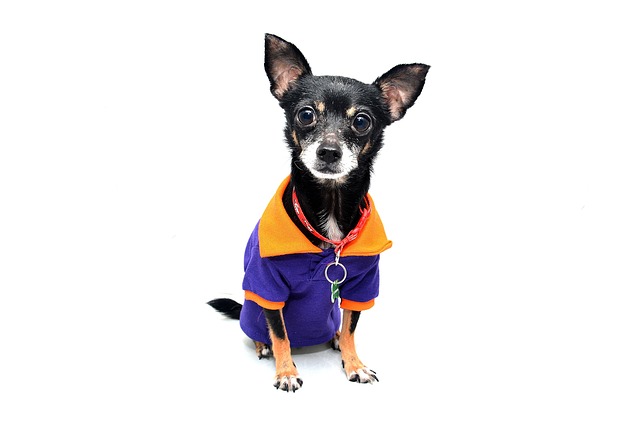 However, this doesn't mean that we should completely distance ourselves from the sick dog. When a dog is ill, it is in a stage of physical discomfort and psychological vulnerability, and it needs the owner's love and company more than ever. Completely refusing to touch it may make the dog feel lonely and insecure, increasing its psychological burden. We can take some safety measures to give the dog the necessary caresses and love while ensuring our own health. For example, before touching the dog, we must wear disposable gloves. Gloves can effectively block the spread of the fungus and avoid direct contact with the dog's skin and hair. During the process of touching, try to avoid the dog's affected areas and only gently stroke the healthy areas to let the dog feel the owner's warmth. After touching, take off the gloves in time and wash your hands thoroughly with soap and running water to ensure clean hands and reduce fungal residue.
However, this doesn't mean that we should completely distance ourselves from the sick dog. When a dog is ill, it is in a stage of physical discomfort and psychological vulnerability, and it needs the owner's love and company more than ever. Completely refusing to touch it may make the dog feel lonely and insecure, increasing its psychological burden. We can take some safety measures to give the dog the necessary caresses and love while ensuring our own health. For example, before touching the dog, we must wear disposable gloves. Gloves can effectively block the spread of the fungus and avoid direct contact with the dog's skin and hair. During the process of touching, try to avoid the dog's affected areas and only gently stroke the healthy areas to let the dog feel the owner's warmth. After touching, take off the gloves in time and wash your hands thoroughly with soap and running water to ensure clean hands and reduce fungal residue.
In addition to direct touch, we can also express our love for the dog in other ways. Talking to the dog softly, a gentle tone can make the dog feel at ease; playing non - contact games with the dog, such as throwing a ball for the dog to chase, can not only distract the dog's attention and relieve its irritability caused by skin discomfort but also strengthen the bond between us. During the dog's treatment period, take good care of its daily life, provide it with nutritious food to enhance its body's resistance, which is helpful for the recovery of the condition. When seeing the dog gradually getting better under our careful care and regaining its former vitality, the joy and sense of achievement are indescribable.
The dog's living environment also needs strict cleaning and disinfection. Regularly wash the dog's bed, mats, toys, etc., soak them in hot water and expose them to the sun. The ultraviolet rays in the sun have a germicidal effect and can effectively kill the ringworm fungus in the environment. Use special pet disinfectants to disinfect the areas where the dog often moves, such as the floor and the surface of furniture, to reduce the growth and spread of fungi. This not only reduces the risk of our own infection but also creates a clean environment conducive to the dog's recovery.
If a dog has ringworm, there is indeed a certain risk in touching it. However, we can take scientific protective measures to ensure our own health while not reducing our love for the dog. Every interaction with the dog requires our careful attention. We should protect the dog's health and our own health from the details. Because dogs are not just pets; they are our friends in life. It is our bounden duty to stay by their side when they are ill and give them all - around care. Watching the dog overcome the disease and regain its vitality, the emotional bond between us and the dog will become stronger, and we will spend more wonderful times together.

Figuring out what to feed your dog can feel like navigating a maze, with endless brands and formulas all claiming to be the best. But at its core
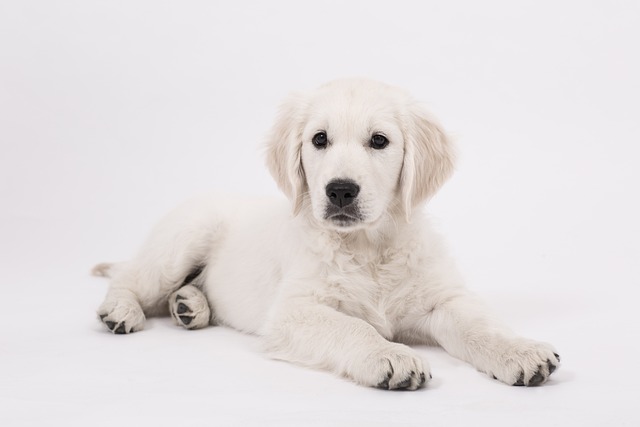
With all the talk about high-protein diets, it's easy to wonder if there can be too much of a good thing for your growing puppy.
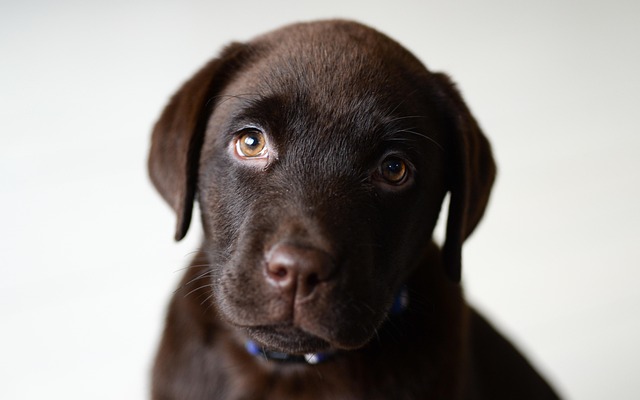
Nothing’s more disheartening than leaning in for a doggy cuddle and catching a strong, unpleasant smell from their skin.
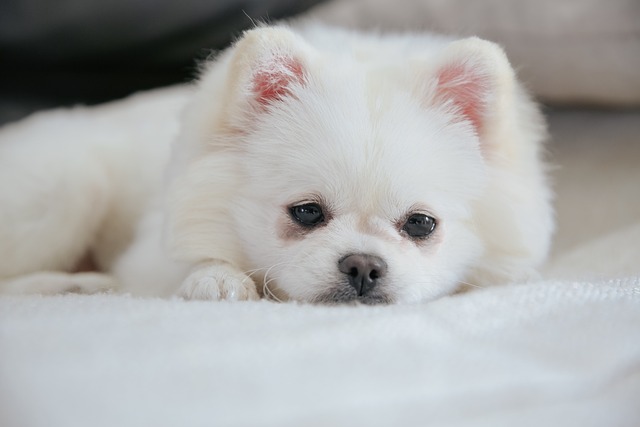
Bringing home a new puppy is an exciting time, and watching them explore their world often includes seeing them try to eat everything in sight!
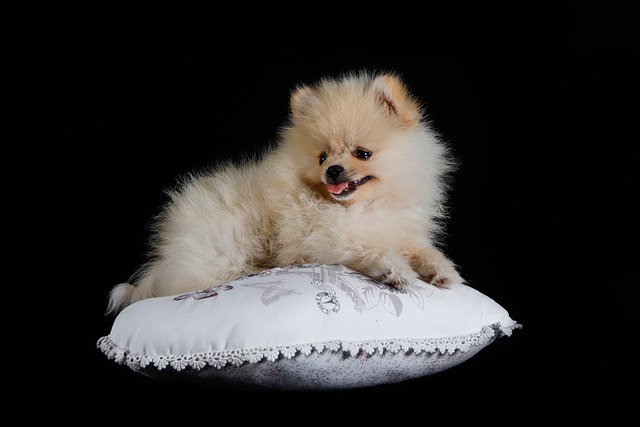
If you've noticed your dog's skin looking greasy, flaky, or just generally unhealthy, you might be wondering if it's simple dryness or something more.
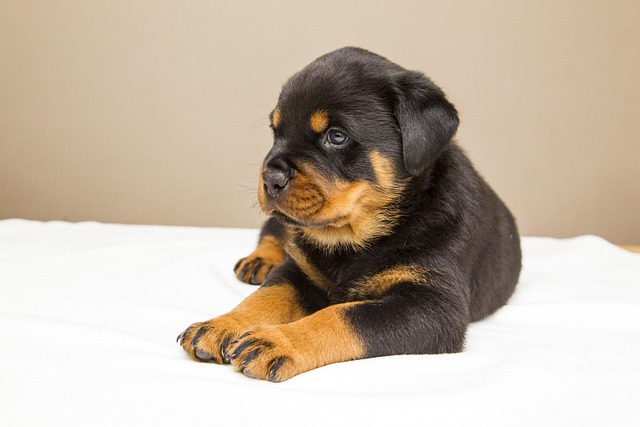
If you’re a new dog parent in the US—maybe you’re kneeling by your 8-month-old Shih Tzu, Lua’s, bed in your Chicago apartment, morning coffee in hand